Accepted Scientific Name: Pediocactus winkleri K.D.Heil
Cact. Succ. J. (Los Angeles) 51: 28 (-30), figs. 1979
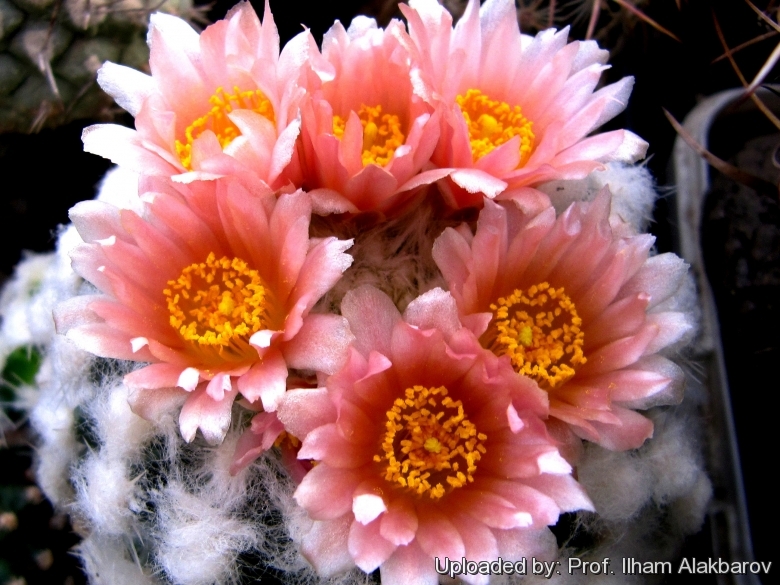
Puebloa bradyi subs. winkleri (Pediocactus winkleri) Photo by: Prof. Ilham Alakbarov
RP132 (Collector Ralph Peters) Wayne, Utah, USA
1130 m a.s.l. Extra high hillosity very fuzzy. Many have no spines!
Origin and Habitat: Grows in small populations widely scattered over a small and very isolated area in central Utah (from near Notom in central Wayne County to near Fremont Junction in south-western Emery County and near Ferron in western Emery County).
Altitude: 1400-2100 metres above sea level.
Habitat: Grows in alkaline silty loam or clay loam soils often high in gypsumin desert pavements frequently covered with gravel or cobble or fossil oyster shell, on the tops and sides of rocky hills, benches and gentle slopes, most abundantly on sites with a southern exposure. The vegetative community is characterized by drought tolerant shrubs and grasses with ephemeral forbs and pinyon-juniper forests. This species is threatened by collection and by habitat disturbances due to gypsum mining, off road vehicle activity, and livestock.
Synonyms:
Common Names include:
ENGLISH: Winkler’s Pincushion Cactus, Winkler’s Footcactus, Winkler Cactus
Description: It is a small globular cactus with usually unbranched subglobose to obovoid stems, 2.5 to 6.5 cm tall and up to 5 cm in diameter.
Areoles: Elliptic to circular, woolly.
Spines: It has clusters of 8 to 14 small radial spines, 1.5-4 mm. spreading downward, white or whitish to tan; erect central spines are lacking.
Flowers: Urn-shaped, peach-to-pink colour, 1.8 to 2.5 cm long and 1.8 to 3.8 cm in diameter. Flowering early spring.
Fruit: Green, drying reddish brown barrel-shaped, 0.7 to 1.0 cm high and 0.8 to 1.1 cm wide.
Notes: Some authors have included Pediocactus winkleriSN|14637]]SN|14459]] and Pediocactus despainiiSN|14459]]SN|14637]] as infraspecific taxa of Pediocatus bradyi. But DNA sequences, however, provide strong evidence of a distant relationship.
Bibliography: Major references and further lectures
1) Marshall Cavendish Corporation "Endangered Wildlife and Plants of the World" Volume 2 Marshall Cavendish, 2001
2) Edward Anderson “The Cactus family” Timber Press, Incorporated, 2001
3) James Cullen, Sabina G. Knees, H. Suzanne Cubey "The European Garden Flora Flowering Plants: A Manual for the Identification of Plants Cultivated in Europe, Both Out-of-Doors and Under Glass" Cambridge University Press, 11/Aug/2011
4) David R Hunt; Nigel P Taylor; Graham Charles; International Cactaceae Systematics Group. "The New Cactus Lexicon" dh books, 2006
5)Butterworth, C. & Porter, J.M. 2013. Pediocactus winkleri. In: IUCN 2013. "IUCN Red List of Threatened Species." Version 2013.2. <www.iucnredlist.org>. Downloaded on 05 April 2014.
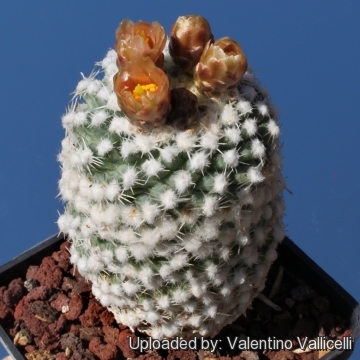 - Flowers are peach-to-pink coloured in early spring. (Pediocactus winkleri) Photo by: Valentino Vallicelli
- Flowers are peach-to-pink coloured in early spring. (Pediocactus winkleri) Photo by: Valentino Vallicelli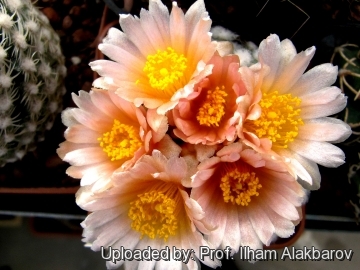 Puebloa bradyi subs. winkleri (Pediocactus winkleri) Photo by: Prof. Ilham Alakbarov
Puebloa bradyi subs. winkleri (Pediocactus winkleri) Photo by: Prof. Ilham Alakbarov Puebloa bradyi subs. winkleri (Pediocactus winkleri) Photo by: Cactus Art
Puebloa bradyi subs. winkleri (Pediocactus winkleri) Photo by: Cactus Art Puebloa bradyi subs. winkleri (Pediocactus winkleri) Photo by: Valentino Vallicelli
Puebloa bradyi subs. winkleri (Pediocactus winkleri) Photo by: Valentino Vallicelli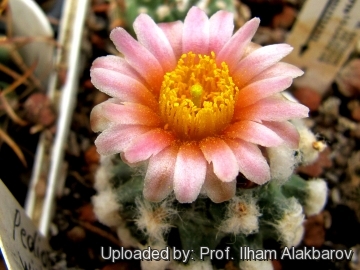 Puebloa bradyi subs. winkleri (Pediocactus winkleri) Photo by: Prof. Ilham Alakbarov
Puebloa bradyi subs. winkleri (Pediocactus winkleri) Photo by: Prof. Ilham Alakbarov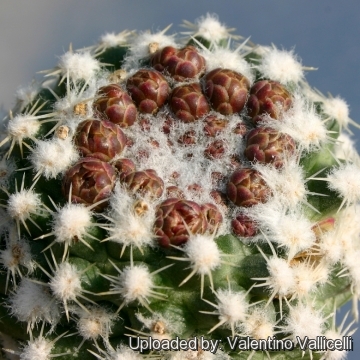 Puebloa bradyi subs. winkleri (Pediocactus winkleri) Photo by: Valentino Vallicelli
Puebloa bradyi subs. winkleri (Pediocactus winkleri) Photo by: Valentino Vallicelli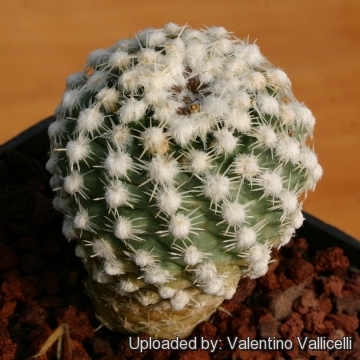 Puebloa bradyi subs. winkleri (Pediocactus winkleri) Photo by: Valentino Vallicelli
Puebloa bradyi subs. winkleri (Pediocactus winkleri) Photo by: Valentino Vallicelli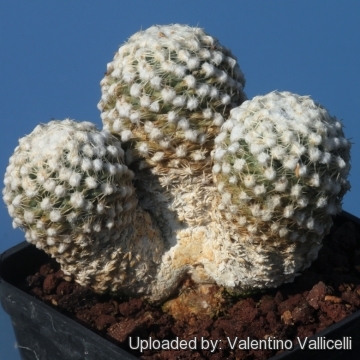 Puebloa bradyi subs. winkleri (Pediocactus winkleri) Photo by: Valentino Vallicelli
Puebloa bradyi subs. winkleri (Pediocactus winkleri) Photo by: Valentino VallicelliCultivation and Propagation: Under cool temperatures and wet conditions it is highly susceptible to root rot. For this reason it is usually cultivated as a grafted plant, which is very easy to cultivate and free flowering. Best for full sun exposures.
The flowers buds stay dormant on the plant apex all winter, then open in spring when the temperature rises.
To avoid any damage to the buds don’t let grafted plants (that stay in a heated greenhouse) completely dry out. Some light watering in winter is useful for keeping the flower hydrated and healthy.
Propagation: Seeds are extremely difficult to germinate. Grafting is often used to speed growth rate and to create a back-up for plants in collection.
Your Photos
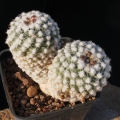
by Valentino Vallicelli
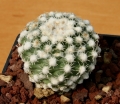
by Valentino Vallicelli

by Prof. Ilham Alakbarov
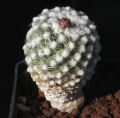
by Valentino Vallicelli

by Prof. Ilham Alakbarov























